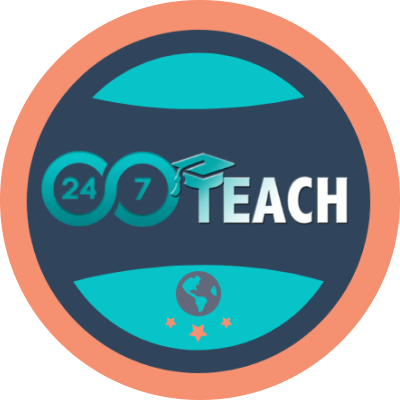We have an exciting learning experience lined up for you:
Dive in and do more than learn - truly immerse yourself in the world of instructional design.
Through our unique Performance-Based Learning Model, our curriculum and learning experiences prepare you to be an elite “superstar” instructional designer.
You will learn:
-
Learn to use industry-standard tools and frameworks to design impactful learning solutions.
Master tools like Articulate Storyline 360, Synthesia AI, Camtasia, Vyond, ChatGptPro and other professional authoring tools.
Learn to work with a Learning Management System (LMS).
Master instructional design theories and frameworks (basic and advanced)
Apply action mapping and performance-based strategies to solve real-world challenges.
-
Discover how to create content that captivates and inspires learners.
Create compelling storyboards for instructional projects.
Write engaging and interactive content that aligns with learning objectives.
Use graphics, videos, and interactivity to enhance learner engagement.
Design assessments and discussion questions to measure and improve learning outcomes.
-
Gain hands-on experience working on real-world projects with industry experts. Collaborate with SMEs and teams to solve instructional challenges and deliver high-quality eLearning solutions.
Use the 24/7 Instructional Design Sprint Process to:
Conduct learner analyses and identify needs.
Develop learning objectives, goals, and scenarios.
Collaborate with real Subject Matter Experts (SMEs) on practical projects.
Design and develop real-world eLearning courses in a team environment.
Learn professional problem-solving and teamwork skills essential for instructional design.
-
Take your skills to the next level with advanced design techniques, leadership strategies, and project management tools.
Develop expertise in learner experience design to create user-centered courses (10- or 5-month program).
Expand your skills with graphic design and animation for instructional projects (10- or 5-month program).
Learn and apply best practices in instructional design project management.
Cultivate mentoring and community-building skills to lead teams and foster collaboration.
-
Leverage data and cutting-edge technology to create smarter, more effective learning experiences.
Evaluate learning effectiveness using learning analytics tools.
Integrate data-driven decisions into course design for continuous improvement.
Explore emerging technologies like AI-powered adaptive learning.
Build adaptability to incorporate new tools and strategies in an evolving industry.
-
Build a successful career in instructional design by mastering freelancing, consulting, and transitioning from other roles like teaching.
Learn the essentials of freelancing as an instructional designer, including setting rates, managing clients, and pitching projects.
Master business consulting frameworks to address organizational training needs.
Transition from teaching to instructional design with:
A transferable skills roadmap for educators.
Clear guidance on leveraging classroom experience in instructional design roles.
-
Create a standout portfolio and personal brand that showcases your expertise and attracts top employers or clients.
Build a world-class portfolio showcasing your skills and real-world projects.
Highlight problem-solving and innovation in instructional design projects.
Learn personal branding strategies to position yourself as a sought-after “Superstar Elite” designer.
Use platforms like LinkedIn to market your expertise effectively.
-
Learn the key strategies to land your dream instructional design job.
1. Building a Professional Portfolio:
Showcase real-world projects and eLearning samples.
Include multimedia content, storyboards, and LMS integrations.
Use your portfolio to highlight problem-solving and innovation.
2. Optimizing Your Resume and LinkedIn Profile:
Highlight key tools (e.g., Articulate Storyline, Synthesia AI) and frameworks you’ve mastered.
Tailor your profile to showcase your niche expertise and leadership qualities.
3. Effective Networking Strategies:
Join instructional design communities and professional groups.
Participate in webinars, forums, and networking events to connect with hiring managers.
4. Preparing for Instructional Design Interviews:
Practice answering questions about tools, collaboration, and real-world challenges.
Use the 30/70 Reflection Method to effectively communicate your problem-solving approach.
5. Researching and Targeting Job Opportunities:
Explore job boards and referrals to identify roles aligned with your skills and niche.
Tailor applications to highlight your ability to meet specific organizational needs.
6. Demonstrating Value in the Hiring Process:
Present mini-projects or mock designs during interviews to showcase your expertise.
Emphasize how your instructional designs solve organizational challenges and improve learning outcomes.
The 24/7 Performance-Based Learning Model
Click to enlarge. You will complete each project using our Agile Instructional design-sprint process.









